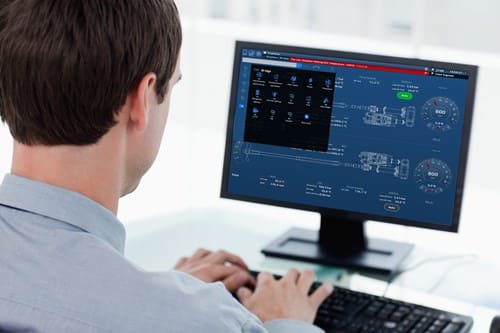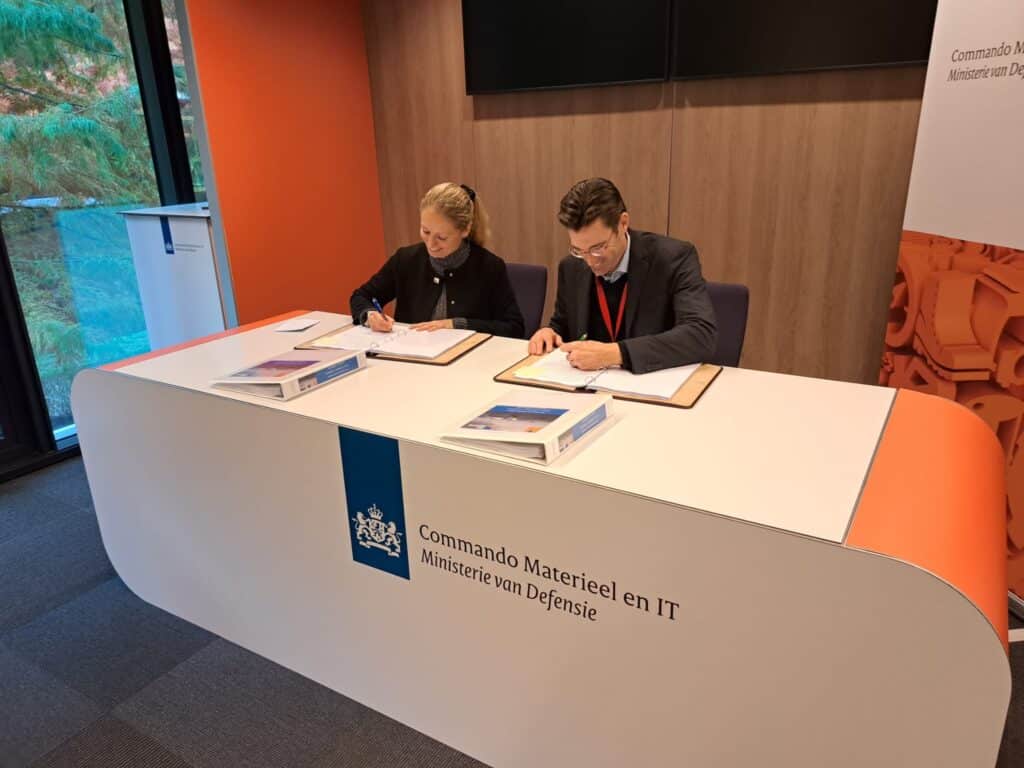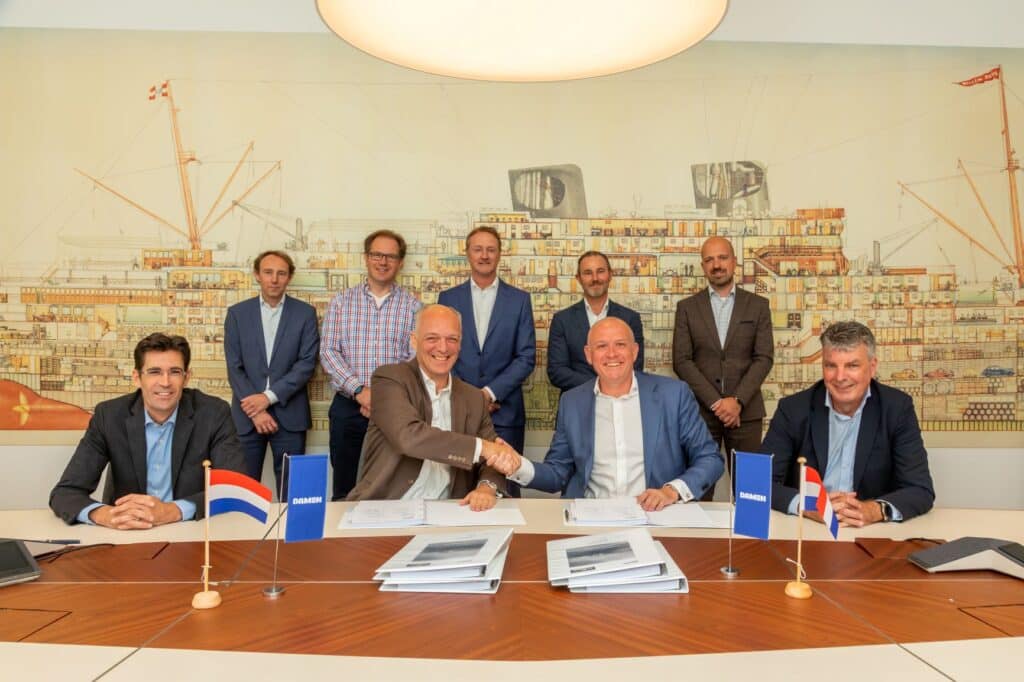Inventive service solution in Corona time
Normally, engineers or people from RH Marine come on board vessels to solve malfunctions, update software or for sea trials and other testing. Due to the corona measures, this is not always possible. Vessel owners prefer to have as few external people on board as possible, countries have closed their borders or airlines do not fly. To still help customers quickly and at all times and to keep vessels operational, RH Marine now uses Remote Assistance more often. Especially when software settings updates are required due to changes in surrounding hardware or added sensors. “That has to be solved quickly and there is not always time to fly in an engineer,” says consultant Ehab El Amam of RH Marine.
RH Marine has built in a router with a hardware key in its on board system, that keeps the master in control of starting the connection. When the hardware key is turned on, the router is powered and connects via a secured connection over the internet eventually to the support engineer’s computer. In this way, RH Marine can remotely connect to all software systems and analyse problems quickly and safely, by either advising the crew what to do or changing software-settings if required.
Significant cost savings
In addition to time savings, the total service costs can also be reduced by using this new technology. Normally, service engineers have an average of two to three days of travel time to and from a vessel. With Remote Assistance, these costs can be canceled. El Amam: “These are the direct costs you save, but the real savings are in the time that the vessel is inoperative. For example, DP vessels are not allowed to sail if there is a problem with the DP system. Mostly large offshore vessels are rented for 10-thousands of dollars per day. If you can prevent such a vessel from being inoperative for single days via Remote Assistance, then it could save tons.”
Remote Assistance from the plane
Recently, an offshore vessel received a software update via Remote Assistance. In addition to the software update, we were also able to analyse stored data on board in relation to certain operations and/or user actions. We were able to see this remotely. Normally this is done on board with a laptop, but now we were able to retrieve the data remotely”, says El Amam.
Even the Dynamic Positioning system of a superyacht in Seattle in the United States has already been set-up via Remote Assistance. Normally a DP engineer comes on board, who does the necessary tests and adjusts the software parameters. Now there was another engineer on board who was in contact with the DP engineer in the Netherlands via Remote Assistance. He remotely adjusted the vessel.
The most special use of Remote Assistance so far is a survey vessel that needed a new interface system, which prevented it from sailing for a test voyage at sea. El Amam happened to have just checked in to fly from Florida to Boston and logged on board via the encrypted connection to the vessel’s PC. High up in the air he could remotely analyze and fix the problem.



